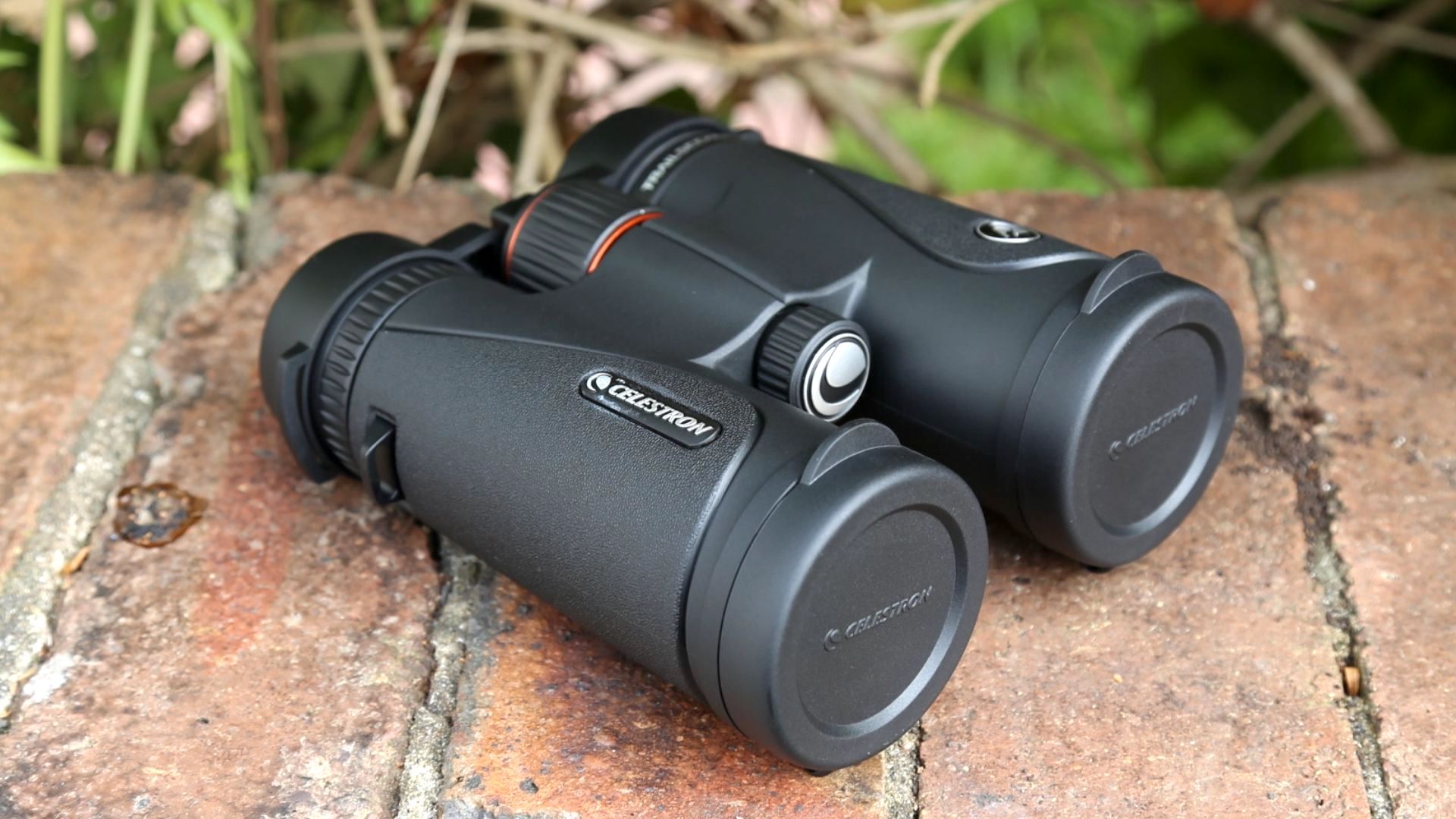Space Verdict
Traveling stargazers will love the Celestron TrailSeeker 8x42 roof prism binoculars that work well after dark and strike a balance between quality, affordability and portability.
Pros
- +
Great quality optics
- +
Useful harness strap
- +
Superb build quality
Cons
- -
Loose objective lens caps
- -
A hint of color fringing
- -
Lack magnification for deep sky
- -
Carry case can’t house harness strap
Why you can trust Space.com
Can the Celestron TrailSeeker 8x42 compete with the best binoculars and best telescopes available? Absolutely. Binoculars have been a hit during the last couple of years as aspiring stargazers keen to spend some of their unexpected time at home are getting to know the night sky, and there are plenty of reasons why the TrailSeeker 8x42 are well-suited to the amateur astronomer with a mind to travel to find dark skies.
Magnification: 8x
Objective lens diameter: 42mm
Angular field of view: 8.1°
Eye relief: 17mm
Weight: 23.1 oz
A pair of roof prism binoculars positioned above the low prices in the mass market, the Celestron TrailSeeker 8x42 combines a premium design and build quality with excellent optics designed to get the most from the night sky. Waterproof with 8x magnification and 42mm objectives, amateur astronomers after wide-field views of star clusters, double stars and lunar views will love their flexibility. However, these binoculars’ 8x42 specifications are, we think, the minimum to look for in astronomy binoculars; its 8º field of view means you get a noticeably smaller image of deep-sky objects when compared to a pair of 10x50 binoculars, which offer about 6.5º.
The inclusion of a good quality carry case and a bonus harness strap stop them from being a pain in the neck, though the real attraction of the TrailSeeker 8x42 is its sleek and lightweight design despite the use of high-end magnesium alloy.
The TrailSeeker 8x42 are roof prism binoculars, which are often ignored by astronomers after the very best views in favor of Porro prisms. However, Celestron has fitted the TrailSeeker 8x42 with high density, high-value barium crown BaK-4 glass that immediately lifts this product above the mainstream. It’s also got multi-coated optics to maximize the light transmission through its 42mm objective lenses. Together they let enough light in to ensure sharp, colorful, contrast-y and hugely enjoyable views of the night sky in a surprisingly compact, astrotravel-friendly package.
Celestron TrailSeeker 8x42 review: Design
- Luxe magnesium alloy chassis
- Nitrogen-purged fog proof and waterproof design
- Roof prisms with BaK-4 glass
While telescopes are big and complicated to set up, and many pairs of binoculars are just too darned heavy, the TrailSeeker 8x42 are simple to use and surprisingly lightweight. Considering that binoculars are available at many times their price, the TrailSeeker 8x42 should be considered no more than mid-range binoculars, and yet they boast the kind of build quality that would be hard to criticize on a pair selling for a vastly higher price. The chassis weighs 23.1 oz and comes complete with a rubber-coated magnesium frame that has a high-end feel. It’s easy to grip and is completely waterproof, too, with the optical housing purged of any moisture with inert nitrogen gas under high pressure, thereby avoiding any risk of fogging on the surface of lenses.
Neck strap
Back-ventilated harness strap
Carrying case
Lens cloth
As with most roof prism binoculars, these consist of two barrels that connect via a bridge in the middle. However, that bridge is pretty small, which gives the user a bit more room to grip the barrels near the objective lenses. That means, hopefully, a steady view devoid of shake.
Just about the only part of these 5.5 x 5.1 x 2 inches binoculars that isn’t coated in rubber is the diopter ring, which allows the user to calibrate binoculars to suit both their left and right eyes. It’s a little stiff, but that also prevents it from being knocked out of position.
Breaking space news, the latest updates on rocket launches, skywatching events and more!
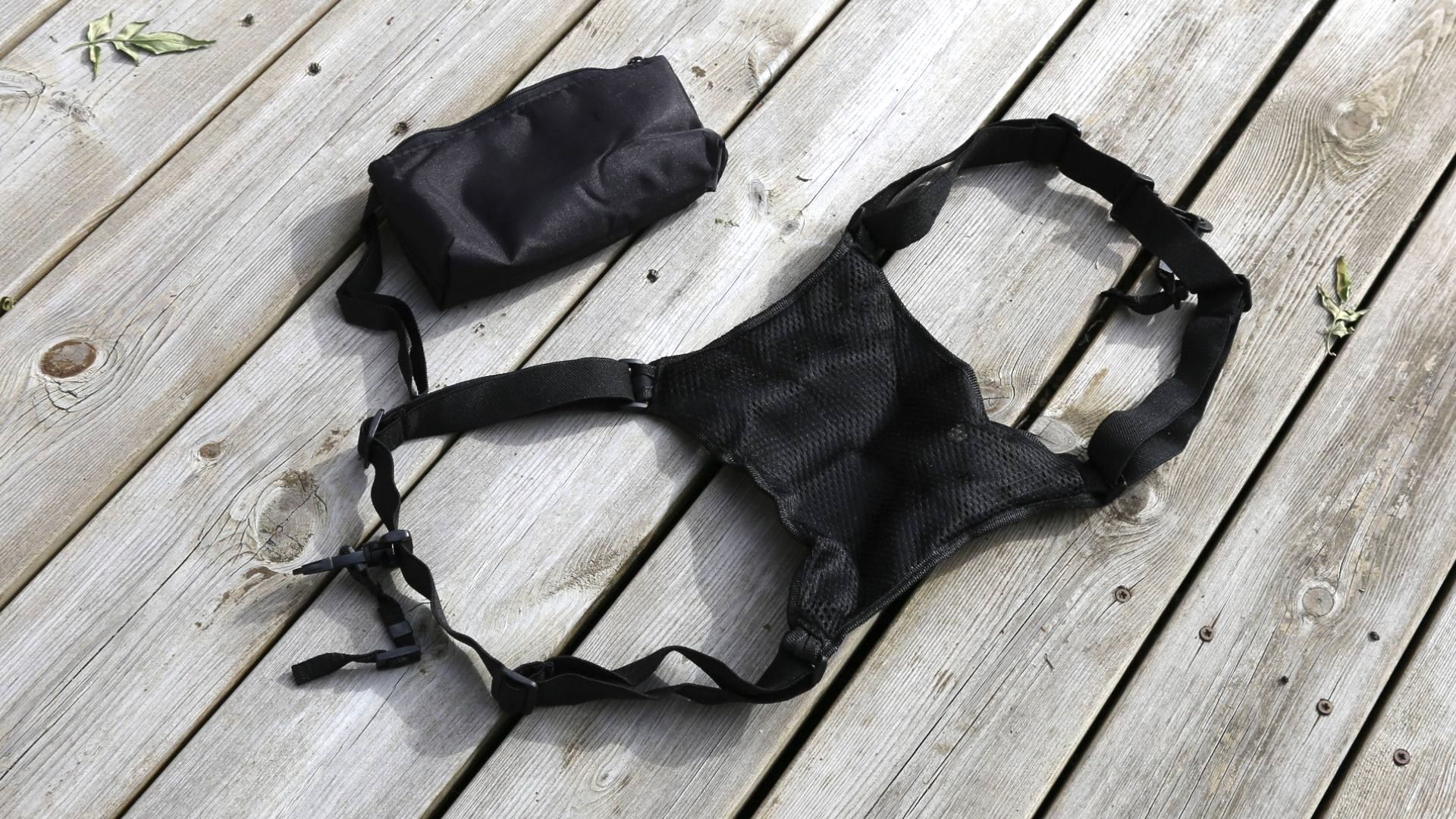
We were also impressed with the extras in the box. As well as a thick, sturdy and comfortable neck strap that bears the Celestron logo, the TrailSeeker 8x42 also comes with a padded carry case complete with an adjustable shoulder strap and an interior zipped mesh pocket for storing a lens cloth. However, the highlight is an innovative harness strap, a contraption that the user must slip their arms into and wear across the shoulders. It's then possible to attach the small straps on either side of the TrailSeeker 8x42 to a clip on each side of the harness. Why bother with all this? It takes the weight of the Celestron TrailSeeker 8x42 off your neck and onto your shoulders, making it much easier to carry them around and use for long periods.
It’s also worth noting that Celestron’s TrailSeeker range of roof prism binoculars also includes 8x32, 10x32 and 10x42 binoculars. Crucially, for anyone after even better views of the night sky – and who don’t mind paying for the privilege – the Trailseeker range also come with the (expensive) option of ‘extra low dispersion’ (ED) glass, whose optical properties prevent any chromatic aberrations – otherwise known as purple fringing – around bright objects like the Moon and bright stars.
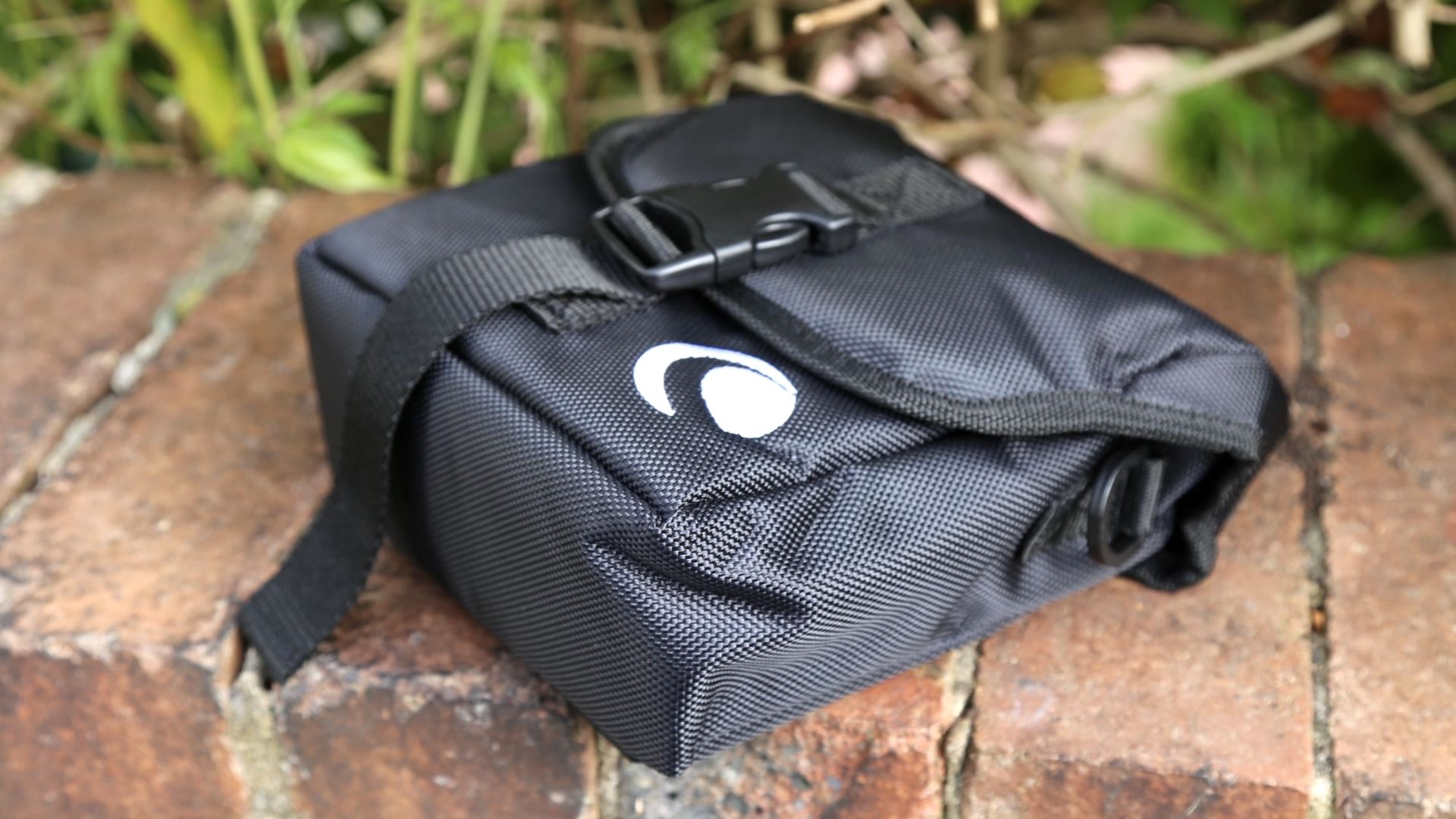
Celestron TrailSeeker 8x42 review: Performance
- Good quality optics
- Useful harness strap
- Slight color fringing
The key reason why the Celestron TrailSeeker 8x42 is good for navigating the night sky while traveling is its balance of a low 8x magnification with the 42mm diameter of its objective lenses. That means a nice, wide-eyed view of the night sky ideal for looking within constellations and scanning the Milky Way without going too deep. Meanwhile, its objective lenses let in enough light for bright views.
How can that be if they use a roof prism optical system? Though that system is sometimes frowned upon for astronomy, Celestron here makes use of high-end phase and dielectric-coated BaK-4 glass to increase light transmission. It appears to work well, with bright and crisp images in the dark. While scanning the fall night sky we had sharp and crisp images of the Hyades and Pleiades open clusters while the Andromeda Galaxy (M31) appeared well defined, if a little small at 8x magnification. The central field of view is exceptional, though there is a little drift towards the edges. However, we did notice a touch of chromatic aberration when moon-viewing, with a big, bright “Hunter’s Moon” appearing fabulously clear yet with a little purple fringing on its limb. Might it be worth upgrading to a pair of the Celestron TrailSeeker 8x42 with ED glass? Perhaps, yes, though the extra outlay is significant.
The TrailSeeker 8x42’s usability is pushed further by some significant eye-relief. Anyone using spectacles, and indeed anyone after ultimate comfort and immersive views, will love the twist-up eyecups that offer a maximum of 0.67-inch/17mm of eye relief, though it’s possible to put them in three separate positions.

On those eyepieces, a figure of an eight-style lens cap is provided. It’s best attached to the neck strap to avoid getting lost. Some won't like the front lens caps, which are mounted on the barrels by way of a simple rubber ring. Although in theory, the flip-down design makes them hard to lose, in reality, they wobble up in front of the lenses, and in any case too easily fall off. They’re best removed and put in a pocket when using the Celestron TrailSeeker 8x42.
If you're going to be out stargazing for long periods, and even for short periods if your celestial targets are towards the zenith (i.e. straight above your head or thereabouts) then it's worth using the harness strap in the box. It takes a little practice to get into and isn't particularly comfortable when you first wear it, but it does make stargazing sessions less of a strain on your neck. It doesn't make much difference to neck strain when you stargaze per se, but by getting your shoulders to take the weight of the Celestron TrailSeeker 8x42 at all other times it means your neck will take longer to ache than normal.
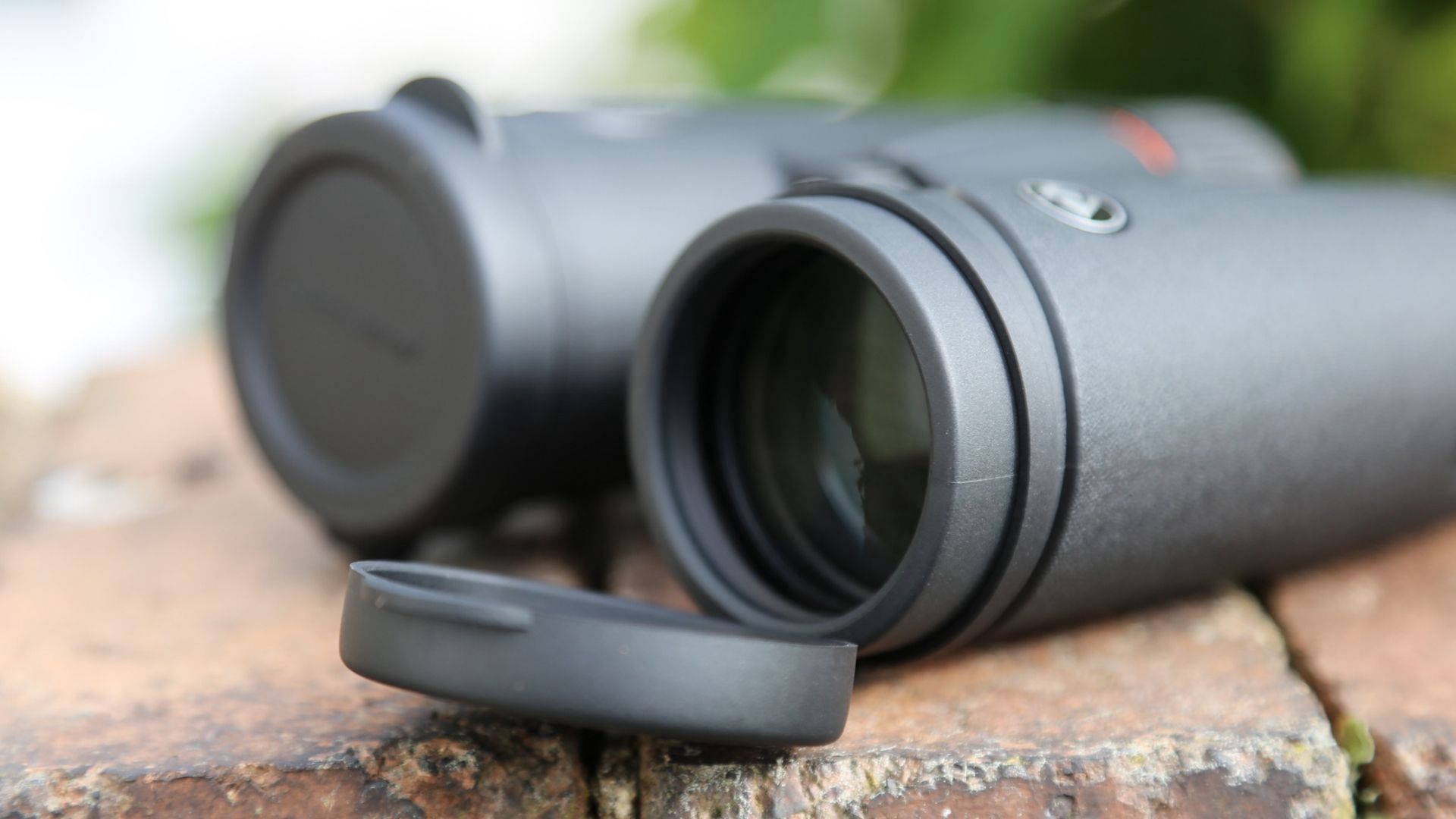
The harness itself works fine, though don't expect supreme build quality; we’re talking elastic straps and a basic mesh design that at least keeps your back ventilated during long stargazing sessions. It does come in a small zip bag complete with a wrist strap, but it would be helpful if there was an area in the TrailSeeker 8x42’s carry case for it.
Should you buy the Celestron TrailSeeker 8x42 binoculars?
The Celestron TrailSeeker 8x42 is a good choice for anyone wanting to go stargazing, but they’re particularly well suited to anyone wanting to travel to dark skies. Astro-travel is best done as lightly as possible, with the TrailSeeker 8x42’s minimalist design making them a hugely more attractive option than large and heavy deep-sky astronomy-centric binoculars (such as the tempting, but very heavy Celestron SkyMaster 25x100) or a telescope.
Aside from a little purple fringing when looking at particularly bright objects – such as a full Moon – the Celestron TrailSeeker 8x42 remains optically impressive. However, their specifications make them an entry-level choice in some ways; you wouldn’t want to go any lower than their 8x magnification and 42mm objective lens size. Although the TrailSeeker 8x42 are good all-rounders, 10x50 binoculars remain the sweet spot for stargazing.
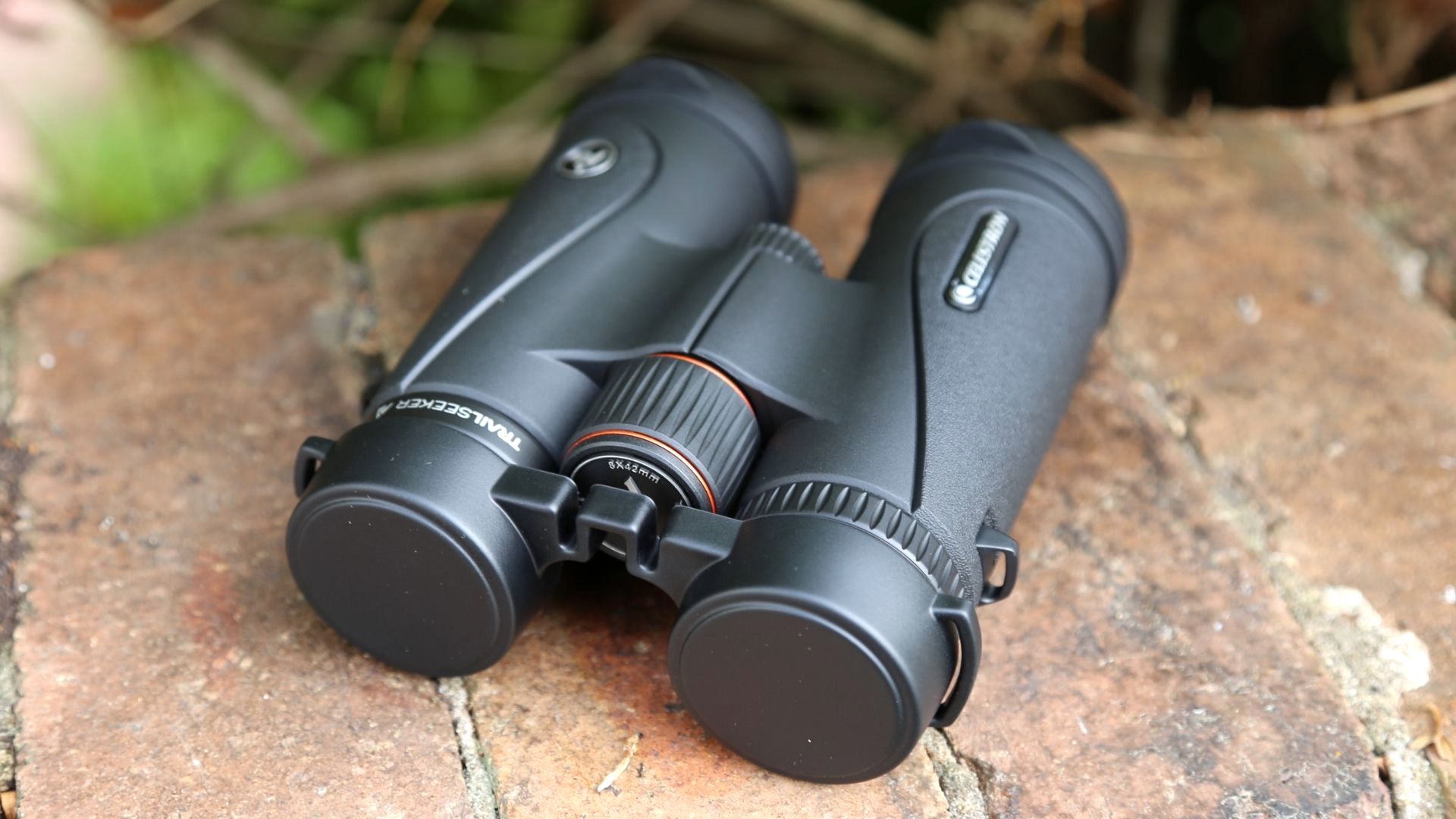
If this product isn’t for you
For something slightly larger yet less expensive in the roof prism category try the Opticron Adventurer II WP 10x50, which has larger objective lenses, 10x magnification and high-quality optics. For a slightly pricier choice consider the Nikon Prostaff 5, which comes in 8x42, 10x42 and 10x50 specifications.
If you want a stereo view of the heavens and you don't mind mounting them on a tripod, then the heavyweight Celestron's SkyMaster 25x100 deep sky-binoculars come highly recommended. Best seen as an alternative to a telescope, these large astronomy binoculars’ 25x magnification and 100x objective lens bring objects closer, though you’ll need really dark skies to get the best from them.

Jamie is an experienced science, technology and travel journalist and stargazer who writes about exploring the night sky, solar and lunar eclipses, moon-gazing, astro-travel, astronomy and space exploration. He is the editor of WhenIsTheNextEclipse.com and author of A Stargazing Program For Beginners, and is a senior contributor at Forbes. His special skill is turning tech-babble into plain English.
